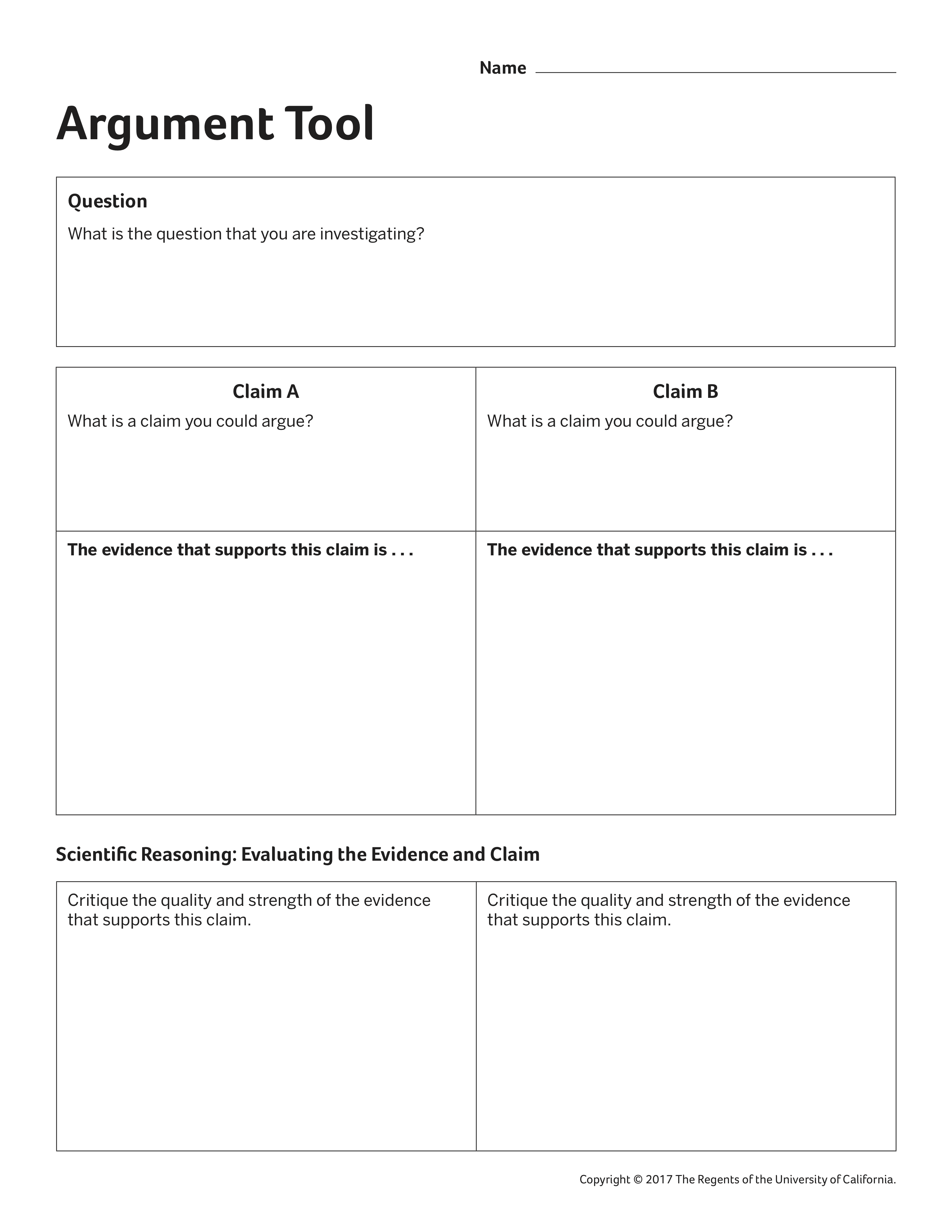
With the 2019 publication of Fields and Interactions, the SEPUP team at the Lawrence Hall of Science completed the seventeenth and final unit for its new middle level NGSS edition, Issues and Science. As part of the development of this new NGSS edition, the SEPUP team has developed new assessments designed to incorporate formative and summative approaches that follow students from their initial sense-making through to application of major unit science content and practices.
These assessment approaches themselves are aligned to the SEPUP Learning Pathways, which are visual representations of the alignment and overlap of the DCI, SEP, and CCC elements of the various middle level performance expectations. SEPUP materials integrate 3D assessment into each of the 17 units. Each includes opportunities to formatively assess SEP, CCC, and DCI in multiple combinations along the Learning Pathways, leading to summative assessments that assess the NGSS performance expectations. The scoring guides are used to assess student responses to learning tasks and to provide insight to teachers and students on students’ progress. Exemplars for each scoring level (1-4) are provided for all scoring guides and a level 4 (complete and correct) response is provided for each assessment item.
As part of the outreach around this work, the SEPUP team presented several sessions at the 2019 NSTA national meeting in St Louis. These included assessing student learning in the context of using GPS data to better understand plate tectonic movement, engaging in argument to better understand the distribution of invasive Zebra mussel species on the Hudson River ecosystem, and using new approaches for summative classroom assessment of 3-D learning. This last presentation represents work funded by the Carnegie Corporation of New York to create a collection of open source assessment tasks that can be used with a variety of instructional science materials.
“It was great to work with teachers at the meeting,” said Barbara Nagle, SEPUP Director. “Both SEPUP and non-SEPUP teachers were positive about the tasks and provided constructive comments, which have informed our ongoing work to develop equitable three-dimensional instruction and assessments."
The 2019 NSTA presentations and supporting materials can be found at:
Using Real-World Data to Understand Earth’s Moving Surface
Presentation Slides
Student Book Pages
Teacher's Edition Pages
Student Sheet
Visual Aid
Developing Science Practices: Constructing Explanations and Engaging in Argumentation
Presentation Slides
Student Book Pages
Teacher's Edition Pages
Chapter 4 Overview
Argument Tool
Argument Tool with Answers
Explanation Tool
Explanation Tool with Answers
Zebra Mussels Population Density vs Chlorophyll Graph
NGSS-Focused Summative Classroom Assessments of Three-Dimensional Learning
Presentation Slides
Sample Assessment Items
Argumentation in Context to Enhance Students' Three-Dimensional Learning
Presentation Slides
Chapter 4 Overview
Student Book Pages
Teacher's Edition Pages
Argument Tool
Argument Tool with Answers
See more SEPUP News